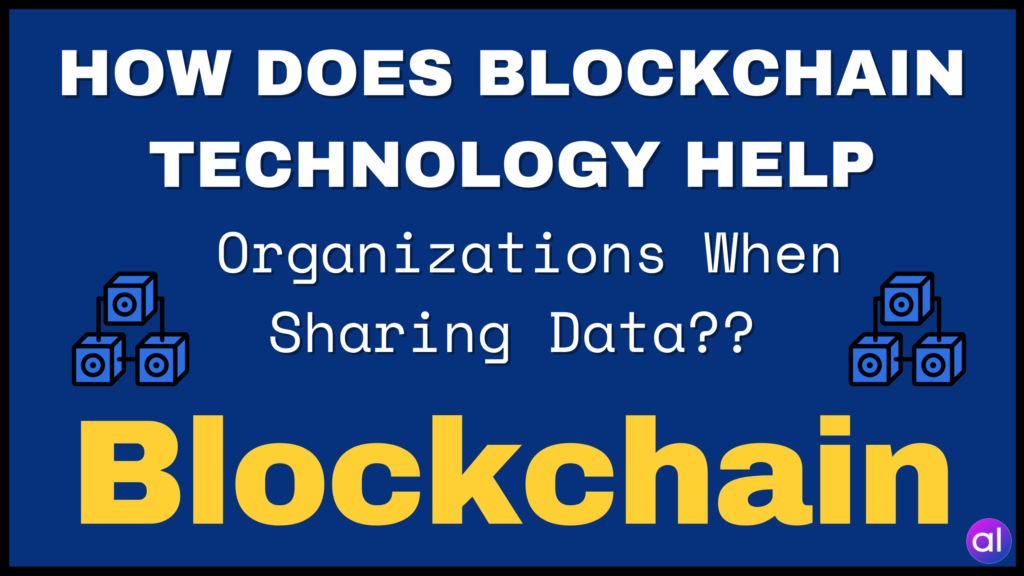
Polkadot is leading the way in the next generation of blockchain technology. This highly scalable and secure blockchain network efficiently meets users’ needs, bringing a crucial shift to the blockchain and cryptocurrency landscape.
The era of single-chain blockchains is over. Now, by connecting multiple chains, we can create a unified network to address the limitations of existing blockchain technologies like Bitcoin and Ethereum, sparking a revolution in the blockchain ecosystem.
To grasp this concept better, it’s essential to understand what a blockchain is.
What is a Blockchain?
A blockchain is a decentralized, distributed digital ledger made up of blocks linked together. Each block contains data, a cryptographic hash, and the hash of the previous block. This chain-like structure ensures the security and integrity of transactions without the need for a central authority.
Bitcoin and Ethereum are prominent examples in the blockchain realm, each with its unique characteristics and functionalities.
Bitcoin or Ethereum or ……?
Bitcoin, the pioneering decentralized digital currency, operates as a peer-to-peer network for transactions without intermediaries. On the other hand, Ethereum serves as a smart contract platform, enabling the deployment of decentralized applications (Dapps) and custom tokens.
However, Ethereum faces scalability issues due to its low transaction capacity, leading to congestion and high fees during network traffic spikes.
Enter Polkadot.
Polkadot
Regarded as a game-changer in the blockchain space, Polkadot is an open-source, decentralized ledger that interconnects specialized blockchains, offering unparalleled economic scalability and interoperability.
Dr. Gavin Wood
Dr. Gavin Wood, the mastermind behind Polkadot, is known for his contributions to the Ethereum project. His brainchild, the Polkadot protocol, facilitates seamless interaction between public and private blockchains, enhancing connectivity and functionality.
Polkadot’s architecture comprises a relay chain, parachains, and validators, ensuring secure and efficient cross-chain transactions.
Key Features of Polkadot
1. Interoperability: Polkadot fosters connectivity between diverse ecosystems, enabling cross-blockchain transfers and data exchange.
2. Economic & Transaction Scalability: Polkadot’s sharded multi-chain network enhances transaction processing speed and scalability, fostering adoption and growth.
3. Heterogeneity: Polkadot acts as a hub for diverse blockchains to collaborate, promoting innovation and collaboration.
4. User-driven network governance: Polkadot’s governance model empowers stakeholders to participate in decision-making, ensuring a decentralized and transparent network.
5. Shared Security: Polkadot’s proof-of-stake mechanism and shared security model bolster the ecosystem’s resilience and integrity.
6. Forkless Upgrades: Polkadot implements upgrades seamlessly through meta protocol changes, avoiding disruptive hard forks.
Conclusion
Polkadot’s innovative features and robust architecture position it as a frontrunner in the blockchain space. With its promise of scalability, interoperability, and governance, Polkadot holds immense potential for reshaping the future of blockchain technology.



